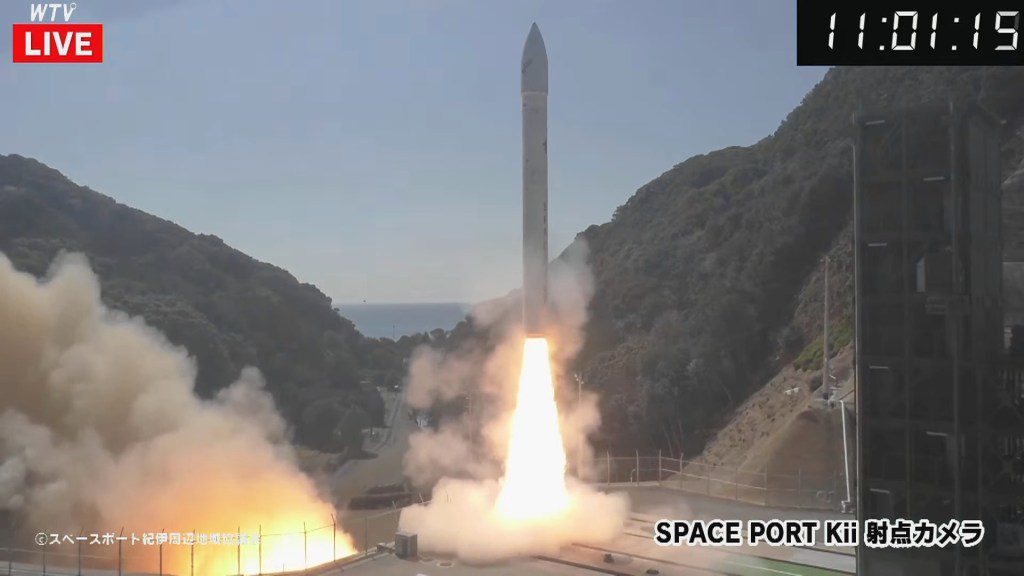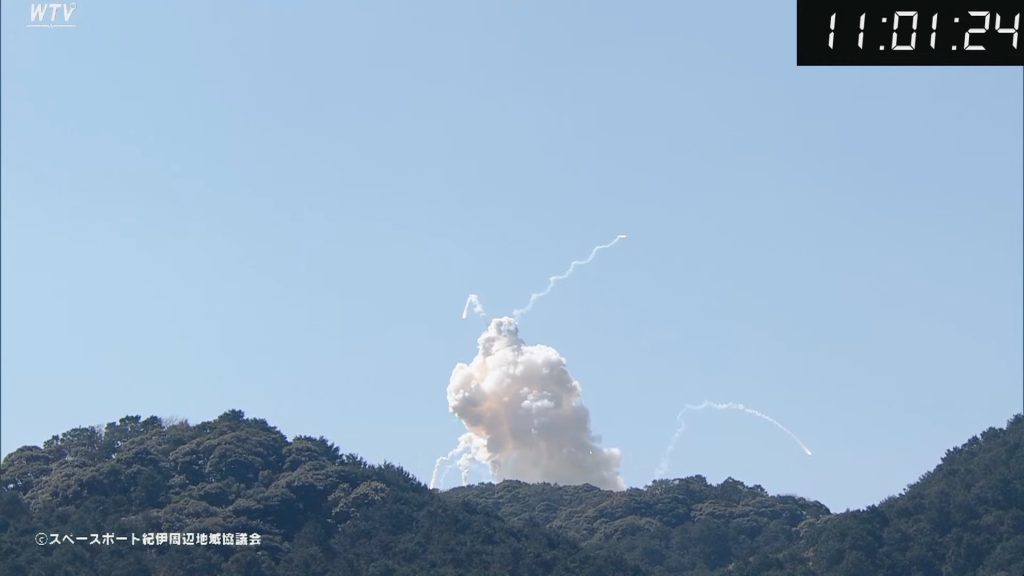THE WOODLANDS, Texas — The initial launch of a privately created Japanese rocket resulted in a devastating mishap very shortly after takeoff on March 12.
The Kairos rocket, constructed by Japanese company Space One, burst into pieces around five seconds after departure at 10:01 p.m. Eastern from Spaceport Kii, a launch site in the southern part of Honshu. In a webcast of the launch, the rocket had not yet cleared a hillside surrounding it when it exploded.
Pieces of the rocket fell back to the ground near the launch pad. There were no reports of injuries, and the launch pad itself seemed to have avoided damage.

It was not immediately clear what caused the explosion of the rocket, which uses three solid-propellant lower stages and a liquid-propellant upper stage. A brief statement by the company suggested the rocket’s flight termination system had been triggered but did not explain why.
The launch was originally scheduled for March 9 but aborted in the final seconds of the countdown and again at the end of a 16-minute launch window. Space One later said that a ship in restricted waters offshore forced the delay.
Kairos was developed to serve the small satellite market, with a payload capacity of 150 kilograms to sun-synchronous orbits and 250 kilograms to an orbit inclined at 33 degrees. This launch was carrying an experimental satellite to test responsive space capabilities for the Japanese military.
Space One was established in 2018 and has stakeholders such as Canon Electronics, IHI Aerospace, and the Development Bank of Japan. The company stated that these stakeholders brought specific strengths, such as Canon’s knowledge in mass production of electronics and IHI Aerospace’s experience in rocket development.
Kairos was promoted as Japan’s first orbital launch vehicle developed solely with private support and without the support of the Japanese space agency JAXA. Space One’s aim is to increase the production of the rocket to support as many as 20 launches a year, but has revealed limited information about customers for the vehicle.









